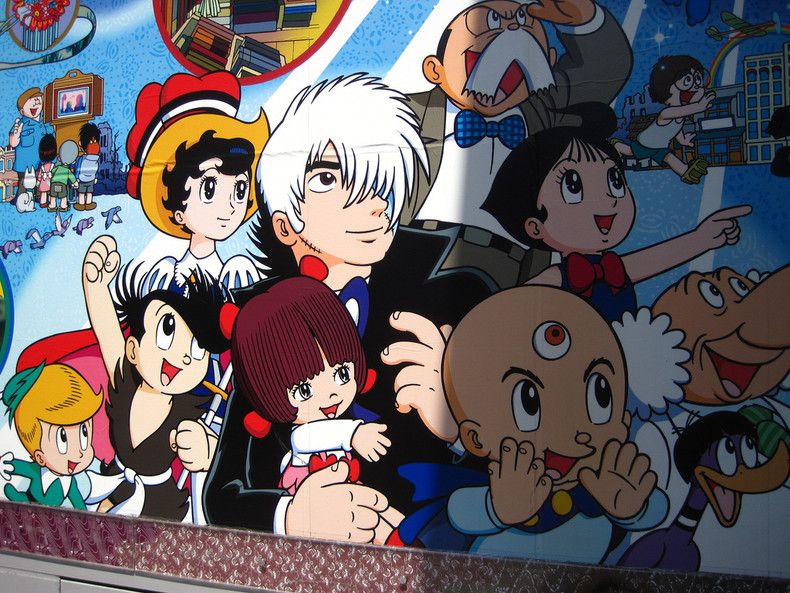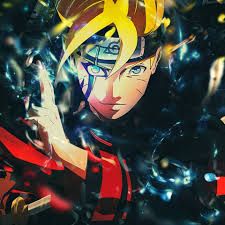Anime is any Japanese cartoon. The animation is a thriving industry in Japan including genres such as children's cartoons, comedy, crime drama, fantasy, science fiction, action, sports, and history. Japanese animation also includes large sub-categories such as mecha, a science fiction genre that centers on robots that are controlled by people.
In many cases, anime is highly stylized. For example, characters may be kawaii and vivid colors are often used in place of natural or realistic colors. However, it's a broad category of animation that defies generalization.

The animation is extraordinarily popular in Japan. For example, in 1992 the Hayao Miyazaki film Porco Rosso surpassed E.T. to become the top-grossing film of all time in Japanese theaters. This record was later defeated by Princess Mononoke, another animated film by the same director.

The popularity of anime owes much to the earlier success of manga in Japan that experienced an explosion of creativity after WWII. Animation based on manga found success on television with Doraemon in 1973 and in movie theatres with Akira, still considered by some to be the best-animated science fiction film of all time, in 1988.
Although many of Japan's anime are still written and produced for the screen, manga-based anime is now the driving force behind Japan's animation industry. Manga is self-published in great numbers in Japan making it an incredibly lively and competitive artist format. From this huge creative pool, only a relatively small number of manga ever go on to become a popular series that gets picked up for animation by a major studio. Manga not only represent a creative resource for anime but also a fanbase. In many cases, a manga already has a large following of readers when it pilots as an anime.
Anime is one of Japan's top cultural exports and has been for more than a decade now. In many cases, interest in anime sparks further curiosity about Japanese society, culture, and language.

The first format of anime was theatrical viewing which originally began with commercial productions in 1917.Originally the animated flips were crude and required played musical components before adding sound and vocal components to the production. On July 14, 1958,Nippon TelevisionairedMogura no Abanchūru("Mole's Adventure"), both the first televised and first color anime to debut
